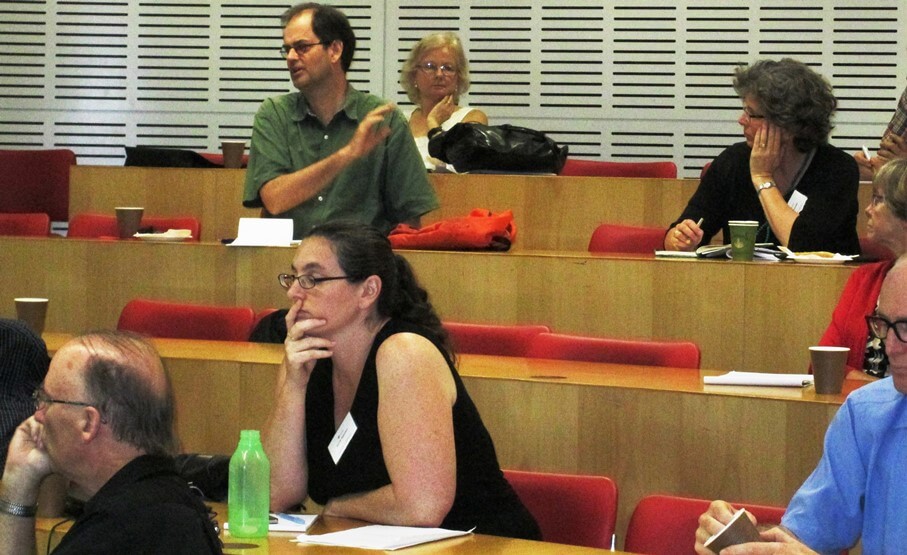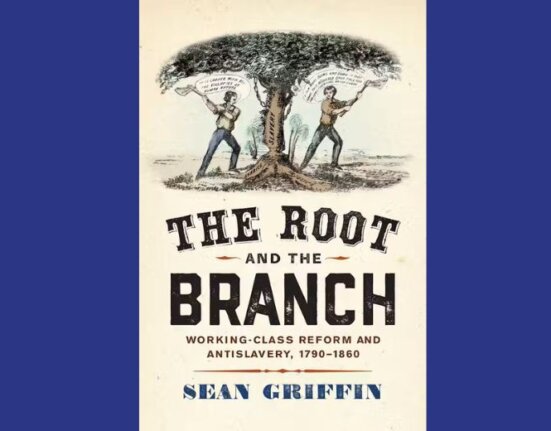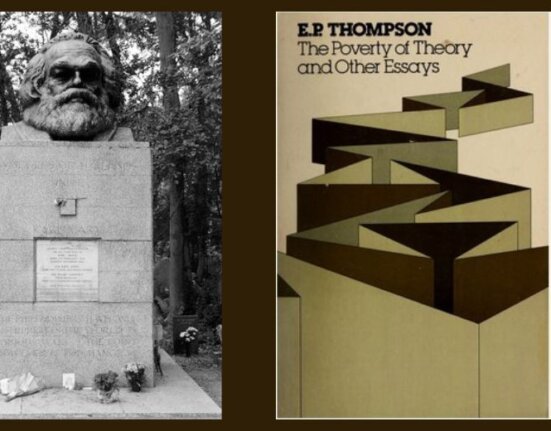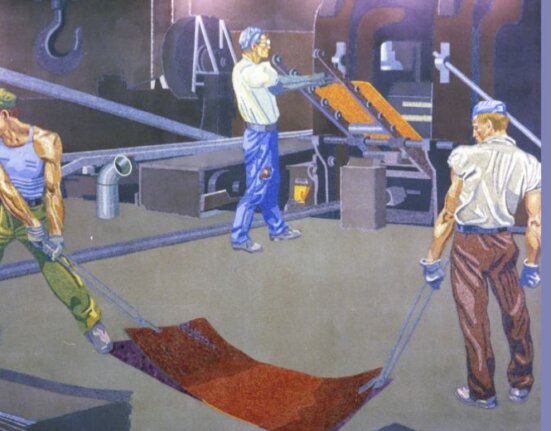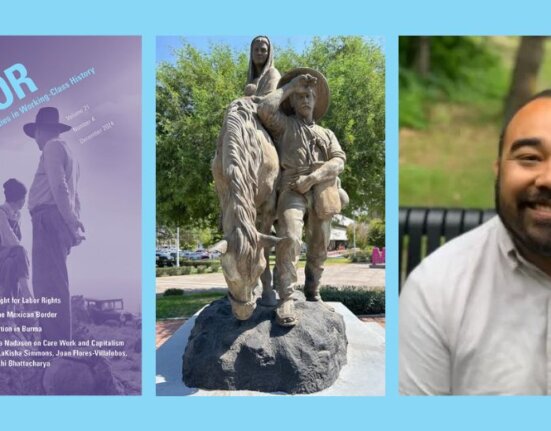For three days in early January—summertime in the land “down under”—historians and other scholars interested in labor gathered on the campus of Australia’s oldest school of higher learning, the University of Sydney, for the lively Australian-US Comparative and Transnational Labour History Conference. This landmark gathering was co-sponsored by the Australian Society for the Study of Labour History (AASLH), the Business and Labour History Group (at University of Sydney’s School of Business), and the US-based Labor and Working Class History Association (LAWCHA). Greg Patmore (University of Sydney) and Shelton Stromquist (University of Iowa) conceived of and organized this conference, as they both possess long-standing research interests using comparative and transnational methods to examine labor, business, and politics in these two nations and others.

Of course, historians, other scholars, indeed countless people, appreciate the similarities between these two societies. Crucially, for labor historians and other scholars, they are sufficiently similar to legitimately deploy comparative methods. Most obviously, these two continent-sized lands were colonized by the English though other European peoples also settled in them. The English exploration, settlement, and expansion—conquest, actually—came at the profound expense of the diverse indigenous peoples who inhabited both lands. Over time, European settlers in Australia and the United States and their slaves, convicts and contract laborers exploited rich natural resources, industrialized, and became wealthy and powerful nations. As early as World War I, if not sooner, the two nations became close allies and remain so to this day, being particularly close in foreign relations during and after the Cold War. The cultures are not so different and, generally speaking, Australians and Americans get along well together. Naturally, important differences also exist including in the history of work, politics, and class relations. For one, in the late 19th century the Australian labor movement developed a vigorous and historic Labour Party that became a dominant force in Australian politics while no party of comparable influence ever emerged in the United States.
Keeping these ideas in mind, this conference brought together historians and other scholars who research comparative and/or transnational dimensions of these two nations’ labor histories. Some papers were explicitly comparative while others explored the movement of people and ideas between the two countries. Several papers examined aspects of just one country and were paired with scholars looking at similar issues in the other. A few papers were written by two scholars who were able to bring their expertise jointly to bear on the labor histories of both countries. Attendees came from across Australia and the United States but also New Zealand and the United Kingdom.

Sessions examined quite a diverse array of topics including: how during World War I workers, their unions (including the Industrial Workers of the World which had a notable presence in both nations), and parties with working class interests (like the Australian Labor Party and American Socialist Party) responded to the challenges of conscription and mobilization; how different patterns in the regulation of convict labor in colonial Virginia and New South Wales produced different social outcomes; how soldiers of both nations, seeing themselves as workers, occasionally organized formal protests against their conditions and for specific rights as enlisted men. Other papers and sessions examined labor in specific industries including the comparative development of railway towns, collective action among waterfront workers, and employers’ anti-union strategies in meat processing. Other papers analyzed working class participation in Rochdale-style cooperatives, the struggles to strengthen the social safety net in the 1930s, the relative strength of union democracy, and race and nationalism in the Irish immigrant working class. Of course, some papers explored the relationships between workers, unions, and governance, including social welfare and compulsory arbitration policies and foreign relations (notably during wartimes). While most papers examined organizations (unions, political parties), other sessions explored the lives of individual workers and labor leaders. Many presenters looked at their topics from the perspective of the workers but some explored management perspectives on labor relations. Without a doubt, the topic of comparative Australian-US labor history is rich but the transnational connections also are robust. Numbers of workers in key industries (notably in the mines and on the waterfront) moved from one country to the other. Australian Harry Bridges, for example, helped found, and then led, the International Longshoremen’s & Warehousemen’s Union on the U.S. West Coast for decades. A New Zealander, Patrick Hickey, organized in both his home country and Australia but was initially radicalized by the Western Federation of Miners and the Wobblies while working in the United States and visiting his parents’ birthplace in Ireland. Both American and Australian dockworkers engaged in transnational political activism in support of the struggle against apartheid in South Africa but with somewhat different tactical emphases. Some participants in the conference suggested, provocatively, that perhaps the term “translocal” is more apt than transnational, considering that grassroots city-to-city connections often are more common and effective than those at the national, or governmental, level.
Though the conference was quite rich, many potential topics remain wide open for future analysis. Predictably, this labor history conference deeply mined class relations in comparison to and between the two nations but discussion focused less on the important themes of ethnicity, gender, and race. (For instance, anti-Chinese activism in both countries–the campaign for “White Australia” or the abatement campaigns in the U.S.–were given little sustained attention.) Certain industries received much attention (notably transport and meatpacking) but many other lines of work were largely untapped including agriculture, mining (perhaps shockingly), services, and construction. Moreover, since the countries have quite different political histories (with the Australian Labor Party being essential to any understanding of the modern nation), why union membership in both countries has declined in both places in recent years begs for serious comparative analysis. Related to that, though some papers discussed shipping, the multi-faceted topic of globalization and its impacts on labor in both countries went largely unexamined.

Overall, the conference was quite rewarding for its participants, most especially for the deep connections that many people made. For those unable to attend, fear not: plans already are underway to collect some of the papers for publication as an edited collection. Finally, and not to put a too fine a point on it, the weather in Sydney really was quite lovely in contrast to the return of the polar vortex experienced by those living in the US Midwest and East. Clearly, the lesson to be learned is to pay close attention to calls for papers in seasonally inverted locales.
A copy of the conference program and abstracts of all the papers can be found on the website of Australian-US Comparative and Transnational Labour History Conference.

